
views
X
Research source
The Gwara Gwara mainly involves lifting and swinging one leg, then pulling the rest of your body into that movement.
Doing a Basic Gwara Gwara
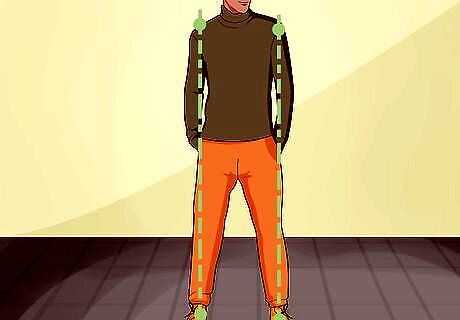
Start with your feet shoulder-length apart. You arms can be down at your side for now. Lean your weight on your right foot.
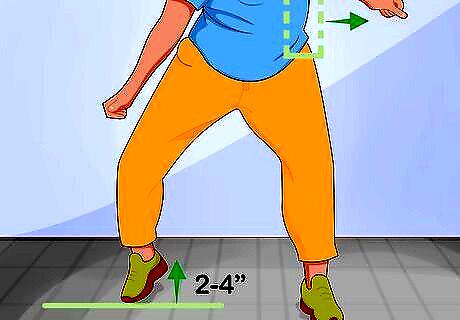
Lift your right foot off the ground. As you lift, lean away slightly as you do. Let it come off the ground about 2 to 4 inches (5.1 to 10.2 cm).
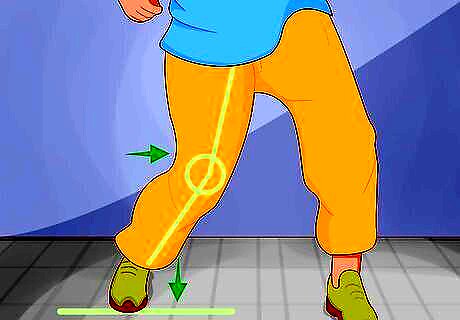
Pull your knee inwards as your foot hits the ground. As you come back down, swing your knee inwards. When you lift up, pull your knee back to the outside. Your foot stays in the same place, not moving to the left or right.
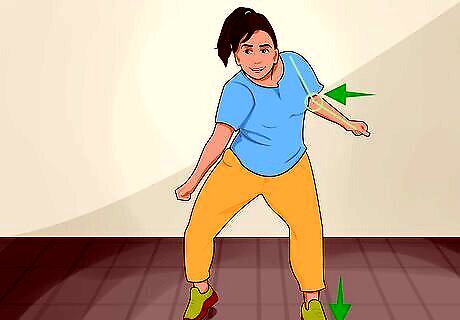
Swing your arm inwards as your foot hits the ground. Rotate your arm outward as your foot lifts off the ground, then back inward as it comes down to the ground. Move your forearm in a circle.
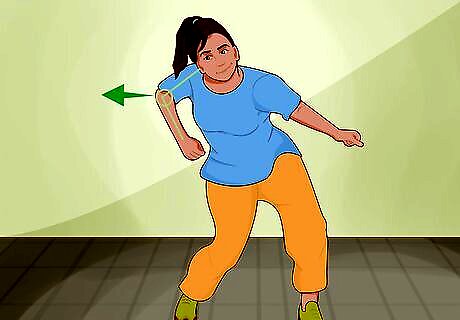
Lift your elbow out as your hand comes in. Flap your elbow out when your knee comes in. Swing the rest of your arm inward like your knee. Similarly, as you bring your hand outward, bring your elbow in closer to your body.
Creating More Fluid Movement
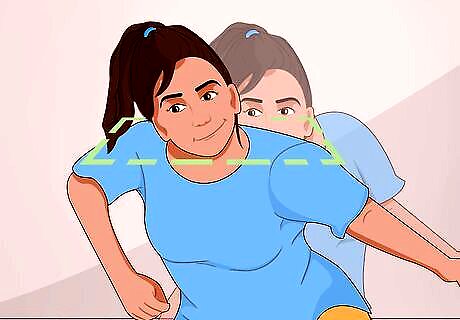
Move your shoulder with the rest of your body. Once you get the basic arm movement down, add shoulder movement, too. Create a wave effect with your shoulder, bringing it down as you swing in your knee. Make this movement very fluid, letting it down through your arm.
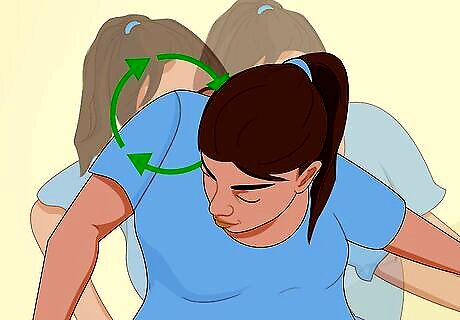
Work on a circular movement throughout your body. As you bring your foot down, instead of just leaning in, try to move your whole body in a circle, particularly your torso. That is, lean down and to the right as you bring your foot down, then up and to the left as you bring your foot up. Make the movement a circle, so you're not just moving down and to the right and up and to the left, but instead rotating your whole torso. Move your arms to help balance the movement. Use your knee movement to incorporate your whole body in the circle.
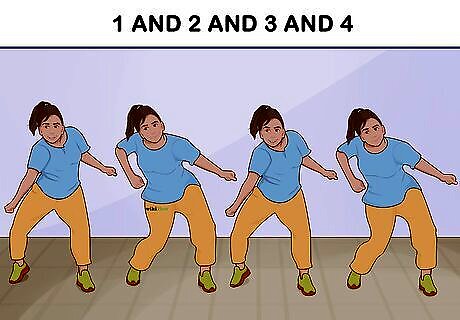
Mix up the speed to the beat. Try stepping just on the downbeat or even every other downbeat, so it's a bit slower. Then, after a few counts, move to doing it faster, say every downbeat, or on the downbeat and the upbeat. The downbeat is what you hear with the main beat. If you're counting "1, 2, 3, 4," the downbeat is on each number. The upbeat is between the downbeats. So if you're counting, you might say, "1 AND 2 AND 3 AND 4," where the "ands" are the upbeats.
Adding Variations
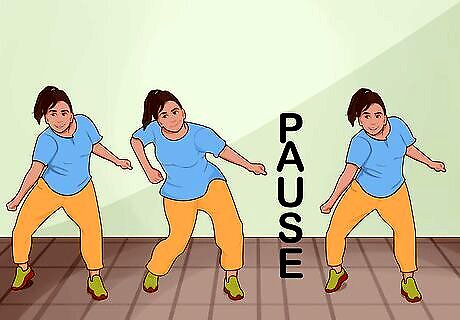
Pause on the beat every once in awhile. You can add variation by stopping the movement for a beat or two in time with the music. Then, start the movement back up again.

Increase your arm movements. You don't have to do the exact same arm movements each time. Incorporate your other arm, and bring it up and down in time to the beat.
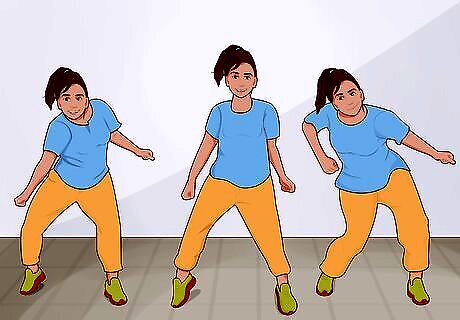
Move up and down. Start out down low with your feet spread out and your hips lowered. As you do the movement, bring your hips and torso upward in about 4 beats. Move your arm up in the air, as well. Bring the movement back down for the next 4 counts.

Keep the movement low. You can also start low and stay low through the movement. Squat with your legs out wider than your shoulders. Lean over a bit, and bring your right arm out in front of you while you do the Gwara Gwara movement.




















Comments
0 comment